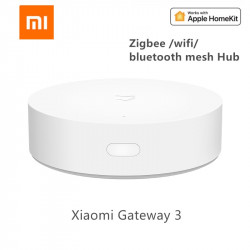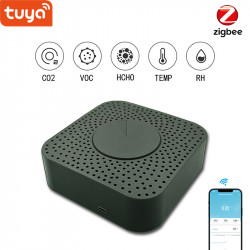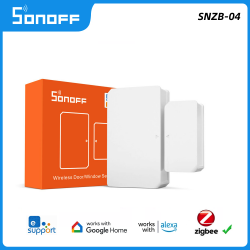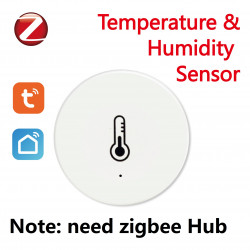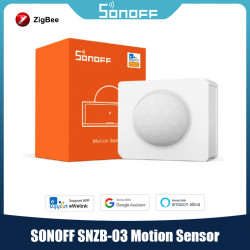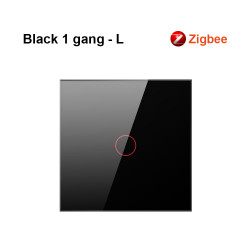Qu'est-ce que Zigbee ?
Zigbee est une technologie sans fil développée comme une norme de connectivité ouverte sur le marché mondial pour répondre aux besoins uniques des réseaux de données sans fil à faible coût et à faible puissance IoT . La norme de connectivité Zigbee fonctionne sur la spécification radio de la carte physique IEEE 802.15.4 et fonctionne dans des bandes radio sans licence, notamment 2,4 GHz, 900 MHz et 868 MHz.
La spécification sans fil 802.15.4, sur laquelle fonctionne la pile Zigbee, a été ratifiée par l'Institute of Electrical and Electronics Engineers (IEEE) en 2003. Cette spécification est un protocole de carte radio par paquets destiné aux appareils et produits à faible coût fonctionnant sur batterie. Le protocole permet aux dispositifs de communiquer des données dans une variété de topologies de réseau et peut avoir une durée de vie de la batterie de plusieurs années.
Disponible en algérie chez sesdz
Le protocole Zigbee 3.0
Le protocole Zigbee a été créé et ratifié par les entreprises membres de la Zigbee Board Alliance, qui compte plus de 300 fabricants de semi-conducteurs, entreprises technologiques, équipementiers et sociétés de services leaders sur le marché. Le protocole Zigbee a été conçu pour fournir une solution de données sans fil facile à utiliser, caractérisée par des architectures de réseau sans fil sûres et fiables.
L'avantage de Zigbee
Le protocole Zigbee 3.0 est conçu pour communiquer des données à travers des environnements RF bruyants, courants dans les applications commerciales et industrielles. La version 3.0 s'appuie sur la norme de connectivité Zigbee existante mais unifie les profils d'application spécifiques au marché pour permettre à tous les appareils d'être connectés sans fil dans le même réseau, indépendamment de leur désignation commerciale et de leur fonction. En outre, un système de certification Zigbee 3.0 garantit l'interopérabilité des produits de différents fabricants d'appareils. La connexion des réseaux Zigbee 3.0 au domaine IP ouvre la voie à la surveillance et au contrôle sans fil à partir d'appareils radio tels que les smartphones et les tablettes sur un réseau local ou étendu, y compris l'Internet, et permet de concrétiser le véritable Internet des objets.
Les caractéristiques du protocole Zigbee sont les suivantes :
- Prise en charge de plusieurs topologies de réseau telles que les réseaux point à point,
point à multipoint et réseaux maillés - Faible cycle d'utilisation - assure une longue durée de vie de la batterie
- Faible latence
- Spectre étalé à séquence directe (DSSS)
- Jusqu'à 65 000 nœuds par réseau
- Cryptage AES 128 bits pour des connexions de données sécurisées
- Évitement des collisions, tentatives et accusés de réception.

-240x375h.png)


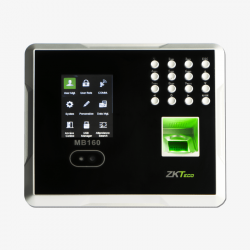
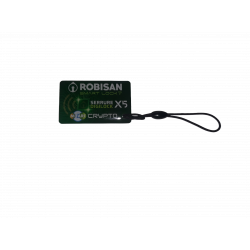
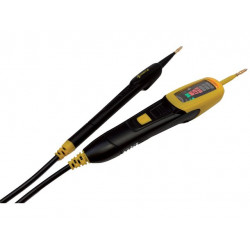

-250x250h.png)

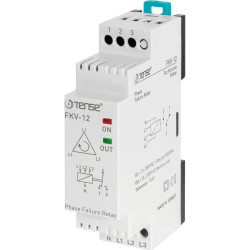



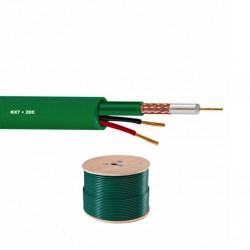


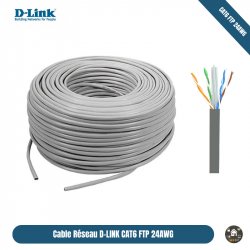



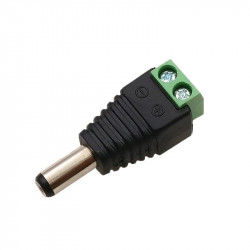



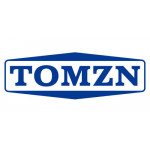
























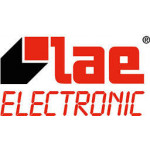
















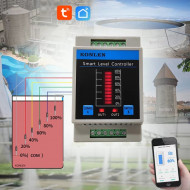
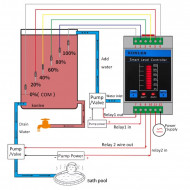


























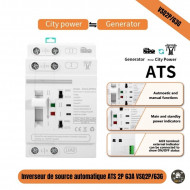


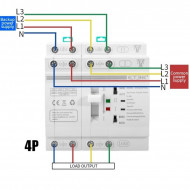




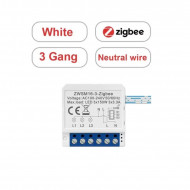

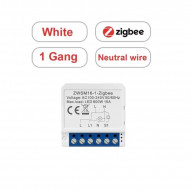

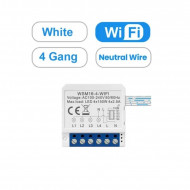


-250x250.jpg)
